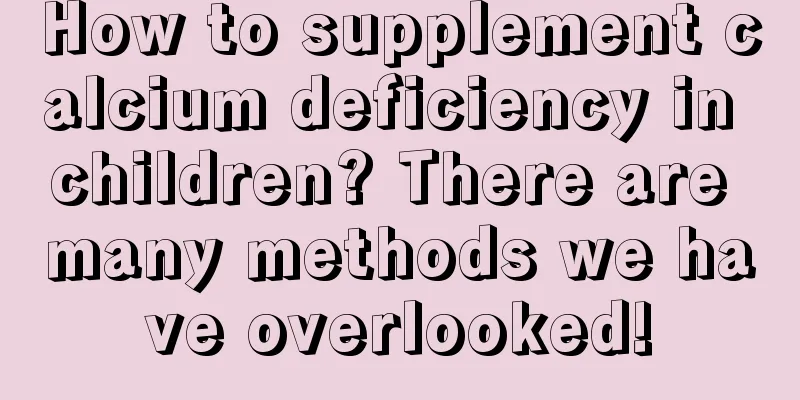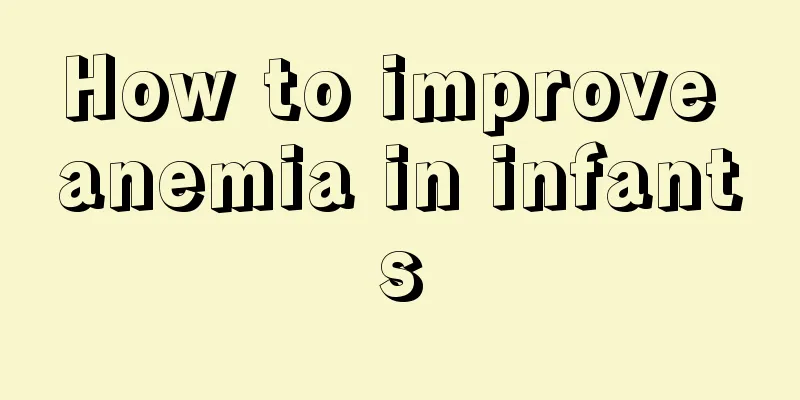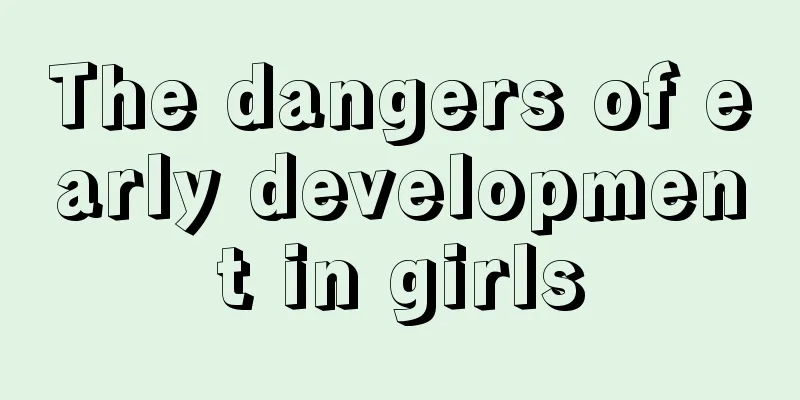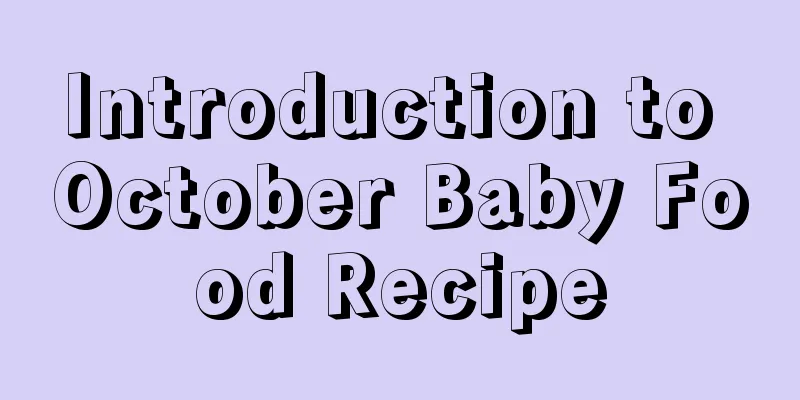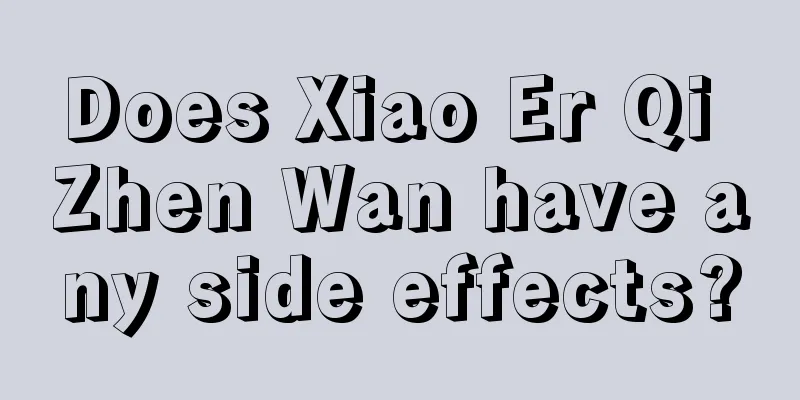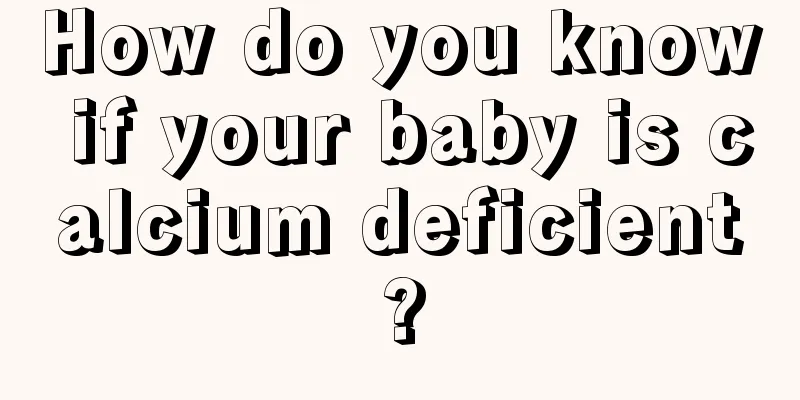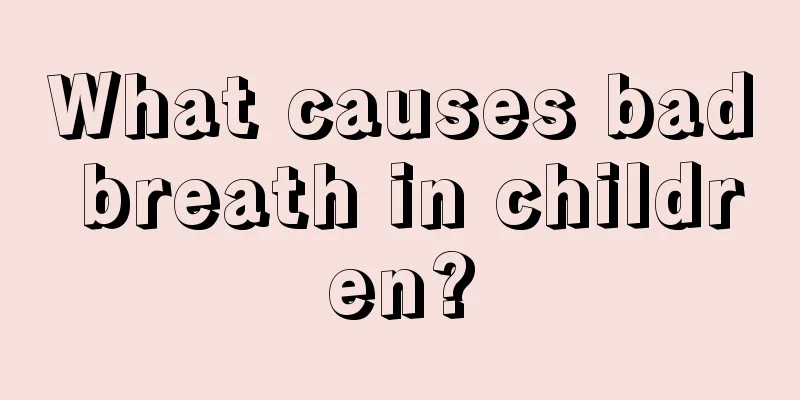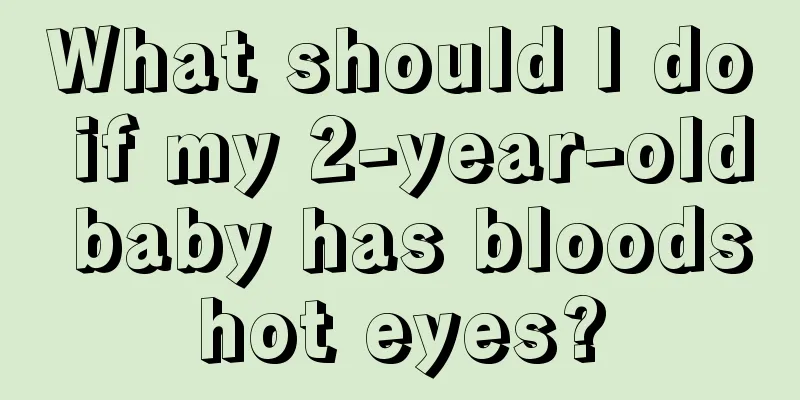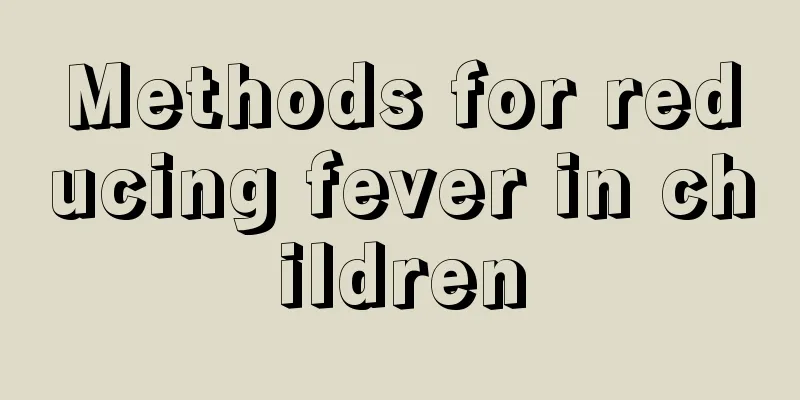How to treat pulmonary hypertension in children
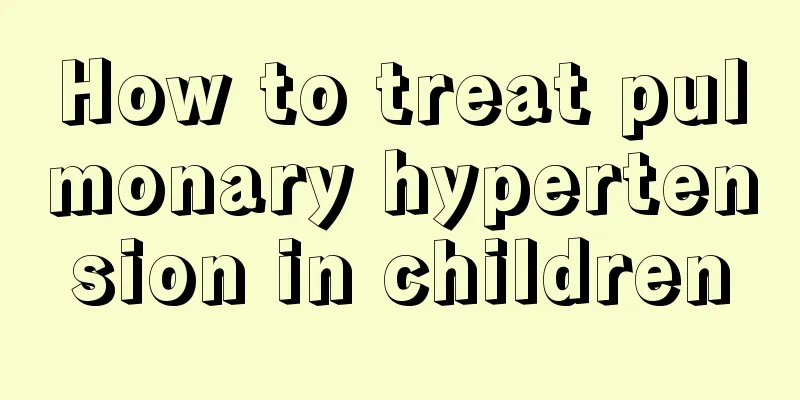
|
Pulmonary hypertension can cause abnormal pulmonary artery pressure and resistance, but the pressure of the pulmonary veins will not change. Patients with congenital heart disease are most likely to experience this symptom, and bronchial asthma or pneumonia in children can also induce pulmonary hypertension in children. Electrocardiograms or chest X-rays can detect the condition in time. So how to treat pulmonary hypertension in children? First, how to treat pulmonary hypertension in children? Oxygen therapy: For children with pulmonary hypertension whose blood oxygen saturation is lower than 91% (except congenital heart disease), oxygen therapy is recommended. Oral anticoagulants: Anticoagulant therapy is generally recommended for children with obvious right heart failure. Diuretics: For children with PAH and right heart failure, the use of diuretics can significantly alleviate symptoms and improve their condition. Digitalis drugs and dopamine: For children with PAH and right heart failure, short-term use of digitalis can increase cardiac output, but the effect of long-term use is still unclear. For children with terminal PAH, treatment with dopamine or dobutamine can improve their clinical symptoms to a certain extent and maintain the improvement for a period of time. Second, drug treatment: pulmonary vasodilators: Only children with acute pulmonary vasculitis and positive acute pulmonary vasodilator test can benefit from CCBs treatment. Blindly using CCBs without conducting acute pulmonary vasodilator test may lead to worsening of the disease or even death. Prostacyclin analogs: Prostacyclin analogs are the earliest class of PAH targeted therapeutic drugs to be marketed. Currently, there are many types of prostacyclin analogs developed, including intravenous epoprostenol, subcutaneous or intravenous treprostinil, inhaled iloprost and oral beraprost. How to treat pulmonary hypertension in children? Surgical treatment: atrial septostomy and Potts shunt: For children with WHO heart function grade IV or recurrent syncope, if their condition does not improve after maximal drug treatment, atrial septostomy may be considered. For children with severe IPAH whose pulmonary artery pressure exceeds systemic blood pressure, Potts shunt (descending aorta-left pulmonary artery shunt) is also used for palliative treatment. Lung transplantation: For children with severe PAH who are resistant to drug treatment, lung transplantation or heart-lung transplantation is a last resort, but the shortage of donors in children greatly limits the implementation of lung transplantation or heart-lung transplantation treatment. |
<<: Three-year-old poops and there is blood when wiping his butt
>>: One year old baby's fingers peeling
Recommend
What kind of soup is nutritious for children?
When children are young, parents must ensure that...
Treatment methods for hoarseness in children
It is normal for children nowadays to have hoarse...
What to do if a child has a fever
What to do when a child has a fever? This is a pr...
What should I do if my baby has a fever and diarrhea while teething?
When a child is unwell, family members are still ...
The correct way to brush your teeth
Brushing teeth is something you have to do every ...
Is it good to bathe a baby when he has diarrhea?
It is very common for babies to have various heal...
What are the symptoms of teething in babies?
Recently, my sister's nephew has been teethin...
Itchy red bumps on child's skin
In summer, because the weather is hot, many peopl...
Is it necessary to shave the hair of a newborn baby?
The lanugo of a newborn mainly refers to the hair...
The early symptoms of brain tumors in children are actually these two categories
Children are treasures in the hands of their pare...
How to treat children’s poor digestion?
Many people suffer from indigestion, stomach pain...
Is it really good to bathe a three-month-old baby every day?
Many mothers have disputes about whether it is go...
16-month-old baby early education
Everyone knows that baby's education is more ...
Scarlet fever in children
Speaking of scarlet fever in children, many frien...
What should I do if my three-month-old baby loses his hair?
Some babies have experienced hair loss, which ser...
